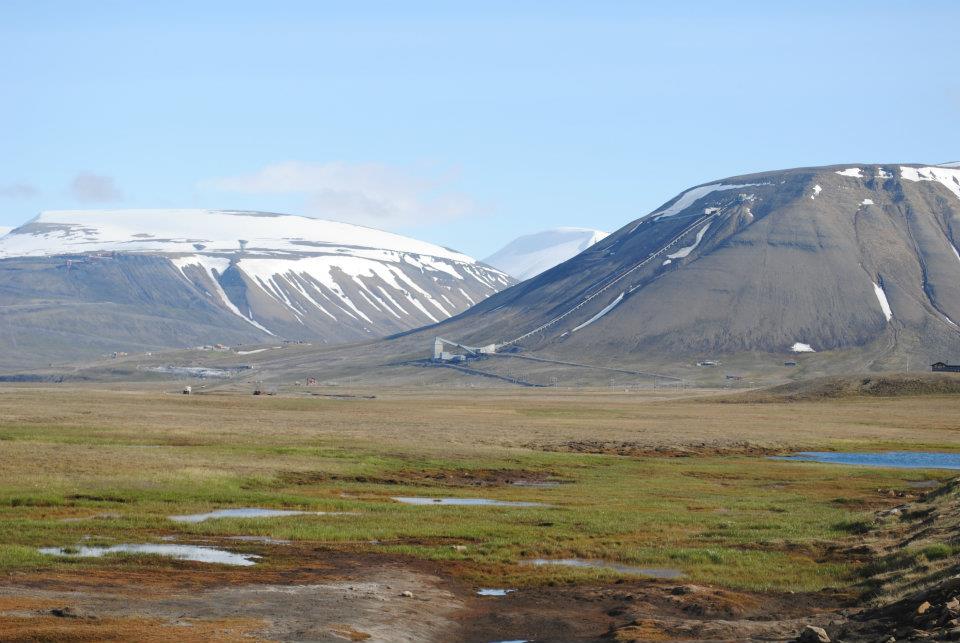By Johan Gärdebo and Roberta Biasillo
On August 5–7, we host Streaming STREAMS – a series of online conversations and presentations about the Environmental Humanities (EH). These sessions will function as an introductory event for the upcoming STREAMS-conference (Stockholm, August 3–7, 2021).
The three-day event has the ambition to initiate conversations to be continued, open a space for many other contributions to be hosted during this next months, build a community of academics, artists and activists addressing the environmental crisis to be gathered in real life.

Our Programme
We took up the challenge of envisioning diverse and easy-to-follow formats and adjusting academic and less academic contents to the WWW and we came up with a manifold programme consisting of three sessions per day.
Each day begins with an interview between an early career and a distinguished scholar exploring specific realms of expertise within the EH, namely postcolonial studies, ecocriticism and environmental justice. Then, a hands-on roundtable will give a taste of the selected panels for the conference and present innovative approaches and themes in use. Finally, we will dedicate the conclusive daily session to a self-reflexive and inclusive forum discussion in which an invited speaker will share her/his/their experience in facing every-day scholarly challenges.
On August 5 we will meet Dipesh Chakrabarty, historian and professor at the University of Chicago. Moving from his wide-ranging scholarship, the interview will explore crucial conceptual knots of the EH and will pay particular attention to potential future developments of the field.
The stream Approaching Time-Things will put the question of time at the forefront, both as analytical lens and object of inquiry: “is time that hard to grasp?” Finally, the forum discussion with Greta Gaard, ecofeminist scholar, will explore narratives of the COVID-19 Pandemic.
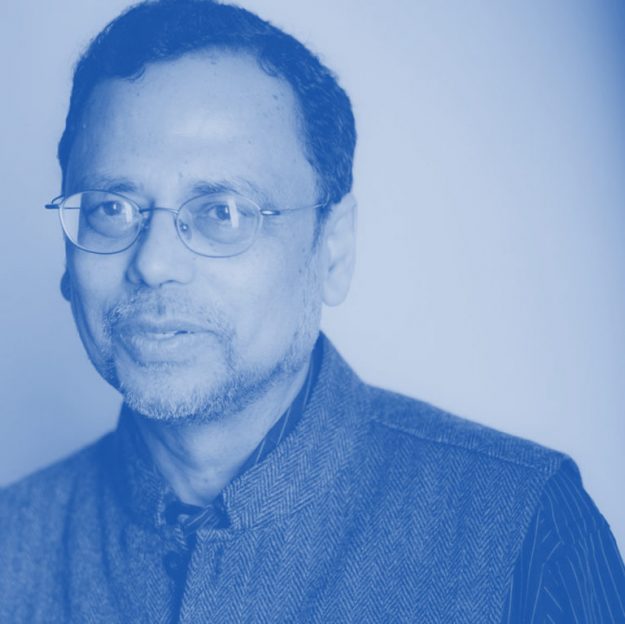
On August 6, James Ogude, literary scholar and Director at the Centre for the Advancement of Scholarship (Pretoria), will join us for an interview on “Ubuntu and the Principle of Co-Agency in African Ecology”.
The stream Feminist Posthumanities will present their trailer “The Posthumanities Hub, submerged at ART LAB GNESTA”.
Our forum discussion will engage with publication venues. Together with Dolly Jørgensen, historian of the environment and technology and co-editor of the open-access journal Environmental Humanities, we will see how journals are part of remaking scholarly fields.
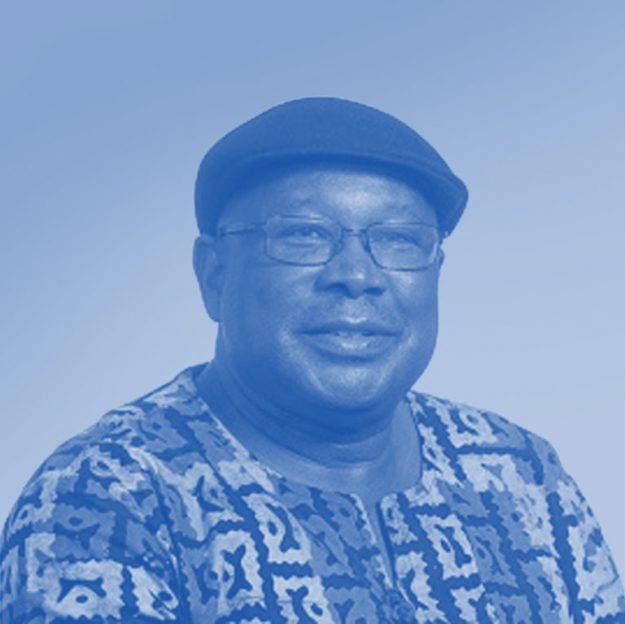
On August 7 Julie Sze, professor of American Studies at the University of California (Davis), will speak about the topic of her most recent book “Environmental Justice in a moment of danger”.
The stream Environmental History of Migration will host a roundtable discussion on “Environments of Italian diaspora”.
Our concluding forum discussion on making academia sustainable will have as guest speakers historian Kathleen Brosnan and political ecologist Felipe Milanez. They will address a variety of challenges under the umbrella of sustainability.
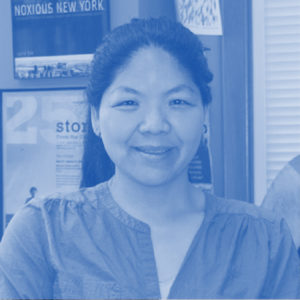
To join for the live sessions and updates on these and upcoming STREAMS-events, register here.
***
Full programme for Streaming STREAMS, 5–7 August, 2020.
Follow STREAMS on social media (Facebook and Twitter).
STREAMS is an international conference for the Environmental Humanities (EH) that gathers researchers from a wide range of academic disciplines as well as artists, activists and practitioners. EH has grown considerably during the last decade and STREAMS seeks to offer a space in which this experimental and dynamic field can meet, discuss and set out future directions for thinking and acting amidst the ongoing ecological disaster.
STREAMS is hosted by the KTH Environmental Humanities Laboratory (EHL).
Conveners, organisers and participants to STREAMS remain committed to inclusivity with regard to race, ethnicity, gender, gender expression and identity, sexual orientation, and physical abilities in terms topics discussed at their conference.

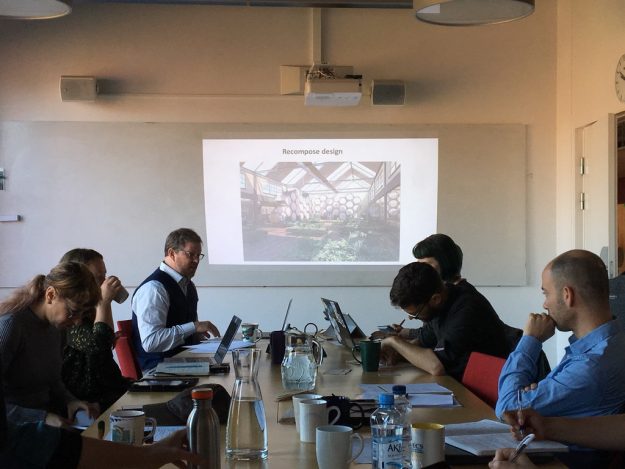
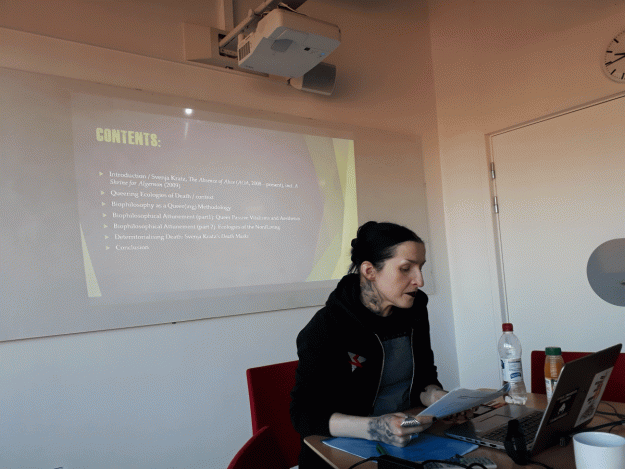
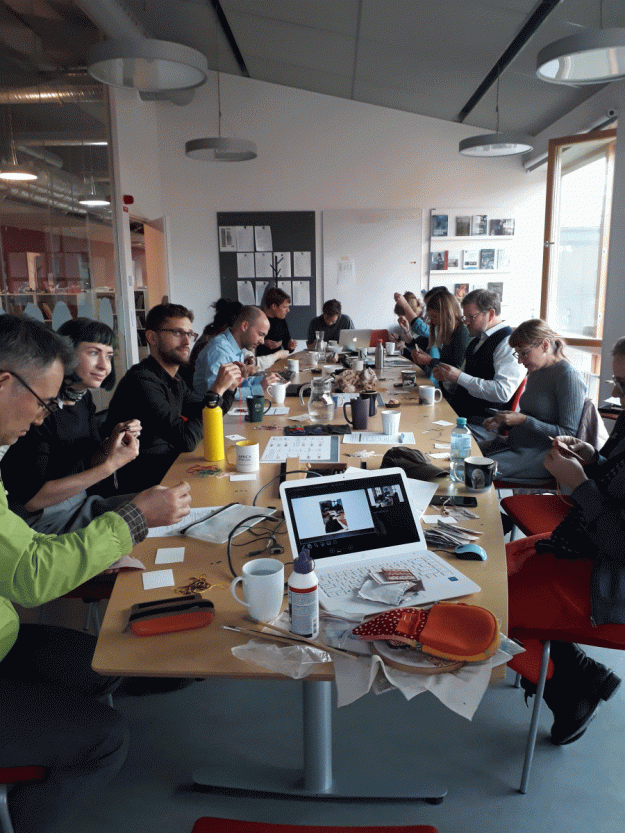
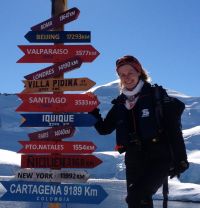 Hanne Nielsen, from the
Hanne Nielsen, from the 
